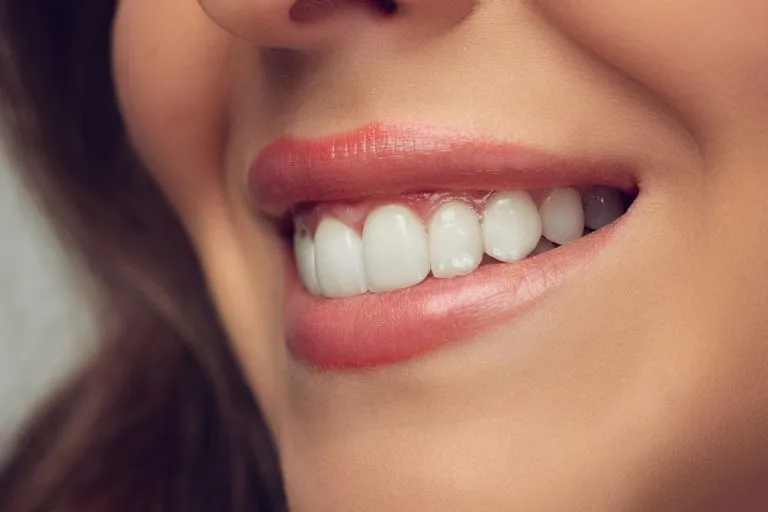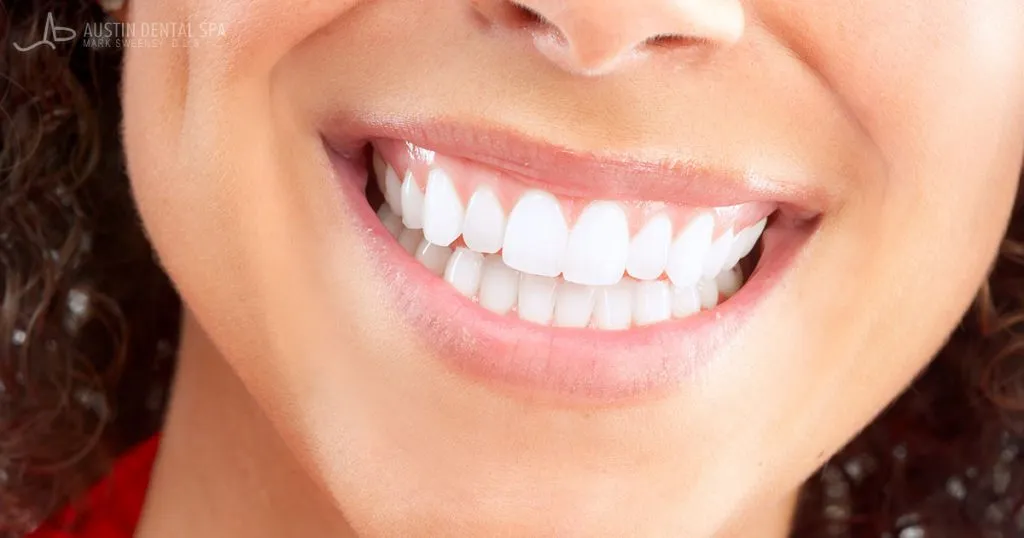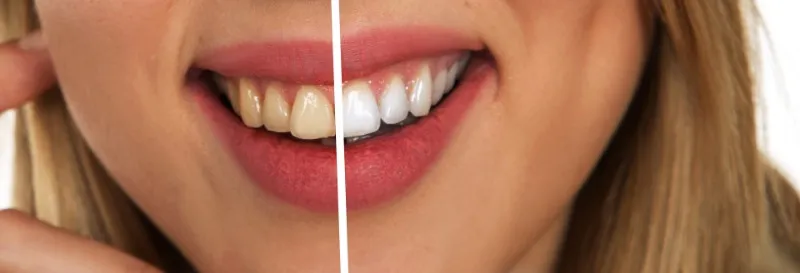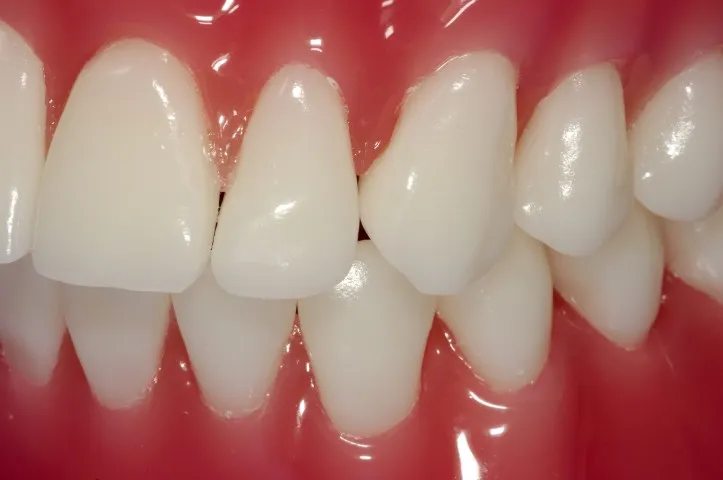Understanding Teeth Whitening and Bleeding Gums
Teeth whitening is a popular cosmetic dental procedure designed to brighten the shade of your teeth, enhancing your smile and boosting your confidence. However, it’s not without potential side effects. One of the most common concerns is bleeding gums. This article will delve into the top 5 causes of bleeding gums after teeth whitening, helping you understand why this happens and how to manage it. Understanding the link between teeth whitening and gum health is crucial for anyone considering or undergoing this procedure. Bleeding gums can range from mild irritation to a sign of underlying dental issues. Knowing the potential causes will empower you to take proactive steps towards maintaining both a bright smile and healthy gums. The goal is to provide a comprehensive overview, ensuring you have the knowledge to make informed decisions about your dental care.
Common Causes of Bleeding Gums After Whitening
Bleeding gums following teeth whitening can stem from a variety of factors, often related to the procedure itself or pre-existing conditions. It’s essential to identify these causes to address the issue effectively. The whitening process, while effective, can sometimes irritate the gums. The chemicals used, such as hydrogen peroxide or carbamide peroxide, are designed to penetrate the enamel and break down stains. However, these chemicals can also affect the delicate gum tissues, leading to inflammation and bleeding. Moreover, pre-existing gum conditions, such as gingivitis or periodontitis, can make your gums more susceptible to bleeding during or after whitening. The whitening process can exacerbate these conditions, making the gums more sensitive and prone to bleeding. Proper diagnosis and management are crucial to avoid any complication and ensure a safe teeth whitening experience.
Irritation from Whitening Products

Whitening products, the workhorses of a brighter smile, can sometimes be the source of gum irritation. The active ingredients in these products, primarily hydrogen peroxide and carbamide peroxide, are effective at removing stains. However, they can also cause sensitivity and irritation to the gums. When the whitening agent comes into contact with the soft tissues of the gums, it can lead to inflammation and, consequently, bleeding. The concentration of the whitening agent plays a significant role. Higher concentrations, often found in professional treatments, are more likely to cause irritation than lower concentrations used in over-the-counter products. Proper application is crucial to minimize contact with the gums, using custom-fitted trays or applying the product carefully with a brush, can help reduce the risk of irritation and bleeding. Regular use of products that are not designed or tested for your teeth’s particular needs, or lack of experience may also cause unwanted symptoms such as bleeding gums.
Pre-existing Gum Conditions
If your gums are already in a less-than-perfect condition, teeth whitening can make matters worse. Conditions like gingivitis, an early stage of gum disease, or periodontitis, a more advanced form, can make gums more vulnerable. Whitening treatments can exacerbate these conditions, leading to increased sensitivity and bleeding. Inflammation and bleeding are common symptoms of both gingivitis and periodontitis. Whitening products may irritate already inflamed gums, causing them to bleed more easily. Before considering teeth whitening, it’s important to ensure that any pre-existing gum conditions are addressed. A dentist can assess the health of your gums and recommend appropriate treatment, such as scaling and root planing, to manage gum disease. Once your gums are in good health, you can proceed with whitening safely, with the reduced risk of irritation. Neglecting pre-existing gum problems can not only complicate the whitening process but also lead to further oral health issues.
Improper Application Techniques
How you apply the whitening product can greatly influence whether your gums bleed. Improper techniques can lead to increased contact between the whitening agent and your gums, causing irritation and bleeding. For at-home whitening, the use of ill-fitting trays is a common culprit. Trays that do not fit properly can allow the whitening gel to leak onto the gums, causing irritation. Using too much gel can also lead to the same problem, as excess product can overflow the tray and come into contact with the gums. In professional settings, improper isolation techniques, such as not using a protective barrier to shield the gums, can have the same effect. Following your dentist’s instructions is very important when using at-home products. If using professional treatments, always ensure the dentist uses proper protective measures. Proper application is key to minimizing the risk of gum irritation and ensuring the safety of the whitening treatment.
Sensitivity and Inflammation

Teeth whitening can sometimes lead to increased sensitivity in your teeth, and this sensitivity can extend to the gums. The whitening agents can temporarily make your teeth and gums more vulnerable to irritation. This sensitivity can cause inflammation, leading to bleeding. The extent of sensitivity varies from person to person. Some individuals experience only mild discomfort, while others may have significant sensitivity, particularly after professional treatments. Post-whitening sensitivity often subsides within a few days or weeks. Using a desensitizing toothpaste can help to reduce the discomfort. It’s also important to avoid extremely hot or cold foods and drinks during this time, which can exacerbate sensitivity. If sensitivity persists or is severe, consult your dentist. They may suggest a different whitening approach or offer treatments to alleviate sensitivity, ensuring a more comfortable experience.
Aggressive Brushing Habits
Even if you’re not undergoing teeth whitening, aggressive brushing can damage your gums. After whitening, when your gums may be more sensitive, aggressive brushing habits can worsen the situation. Brushing too hard, using a hard-bristled toothbrush, or brushing with excessive force can irritate the gums. This irritation can lead to inflammation and bleeding, which can be particularly noticeable after a whitening treatment. It’s very important to use a soft-bristled toothbrush and brush with gentle, circular motions. Be careful to avoid applying too much pressure. It’s also essential to brush at least twice a day for two minutes each time. Consider using a timer to ensure you brush for the correct duration. Improving your brushing technique can make a big difference in preventing gum irritation and maintaining overall oral health. If you’re unsure about your technique, ask your dentist or dental hygienist for guidance.
Preventing and Managing Bleeding Gums
Fortunately, there are several steps you can take to prevent and manage bleeding gums after teeth whitening. The right approach will help you maintain a healthy smile while minimizing the risk of complications. This involves choosing the right whitening method, practicing proper oral hygiene, and knowing when to consult a dentist. By following these recommendations, you can make the teeth whitening process safer and more comfortable. Taking a proactive approach to your oral health is key. Implementing these practices will help you enjoy the benefits of a brighter smile without unnecessary discomfort or health issues. The aim is to provide you with comprehensive and easy-to-follow guidelines.
Choosing the Right Whitening Method

Not all teeth whitening methods are created equal. Some methods are less likely to cause gum irritation than others. Consider your options carefully and choose the one that best suits your needs and oral health. Over-the-counter whitening products, such as whitening strips and toothpastes, typically contain lower concentrations of whitening agents, reducing the risk of irritation. While they may take longer to produce results, they are often a good choice for those with sensitive gums. Professional whitening treatments, performed by a dentist, can be more potent. However, dentists can take measures to protect your gums, such as using custom-fitted trays or applying a protective barrier. If you have a history of sensitive gums or gum disease, consult your dentist before whitening. They can assess your oral health and recommend a suitable method. Discussing your options with a dental professional can help you choose the most appropriate and safest whitening approach.
Proper Oral Hygiene Practices
Proper oral hygiene is very important, especially when undergoing teeth whitening. It helps to maintain the health of your gums. This means brushing at least twice a day with a soft-bristled toothbrush, flossing daily, and using an antimicrobial mouthwash. Gentle brushing is very important. Avoid brushing too hard, as this can irritate your gums and increase the risk of bleeding. Flossing helps to remove plaque and food particles from between your teeth, where a toothbrush can’t reach. This prevents the buildup of bacteria and reduces the risk of gum disease. Using an antimicrobial mouthwash can also help to reduce bacteria in your mouth. This can further support the health of your gums. Regular dental check-ups and cleanings are also very important. These visits allow your dentist to monitor your oral health. They can also identify and treat any early signs of gum disease. Good oral hygiene habits are crucial to supporting your gums during and after teeth whitening. They play an important role in maintaining a bright and healthy smile.
When to Consult a Dentist
While some gum sensitivity and mild bleeding can be common after teeth whitening, it’s important to know when to seek professional advice. Consult your dentist if the bleeding is excessive, persistent, or accompanied by other symptoms. If you experience severe pain, swelling, or significant discomfort, this could indicate a more serious issue. It’s important not to ignore these symptoms. Also, if your gums were already in a bad condition before teeth whitening, you should talk to your dentist. They can assess your gums and recommend treatment. If the bleeding doesn’t improve within a few days, it’s also a good idea to consult your dentist. They can check to ensure there are no underlying issues. Your dentist can provide personalized guidance and treatment options. They can help you manage any complications and ensure a safe whitening experience. Regular dental check-ups and consultations play a key role in maintaining oral health. Don’t hesitate to seek professional help if you have any concerns.
